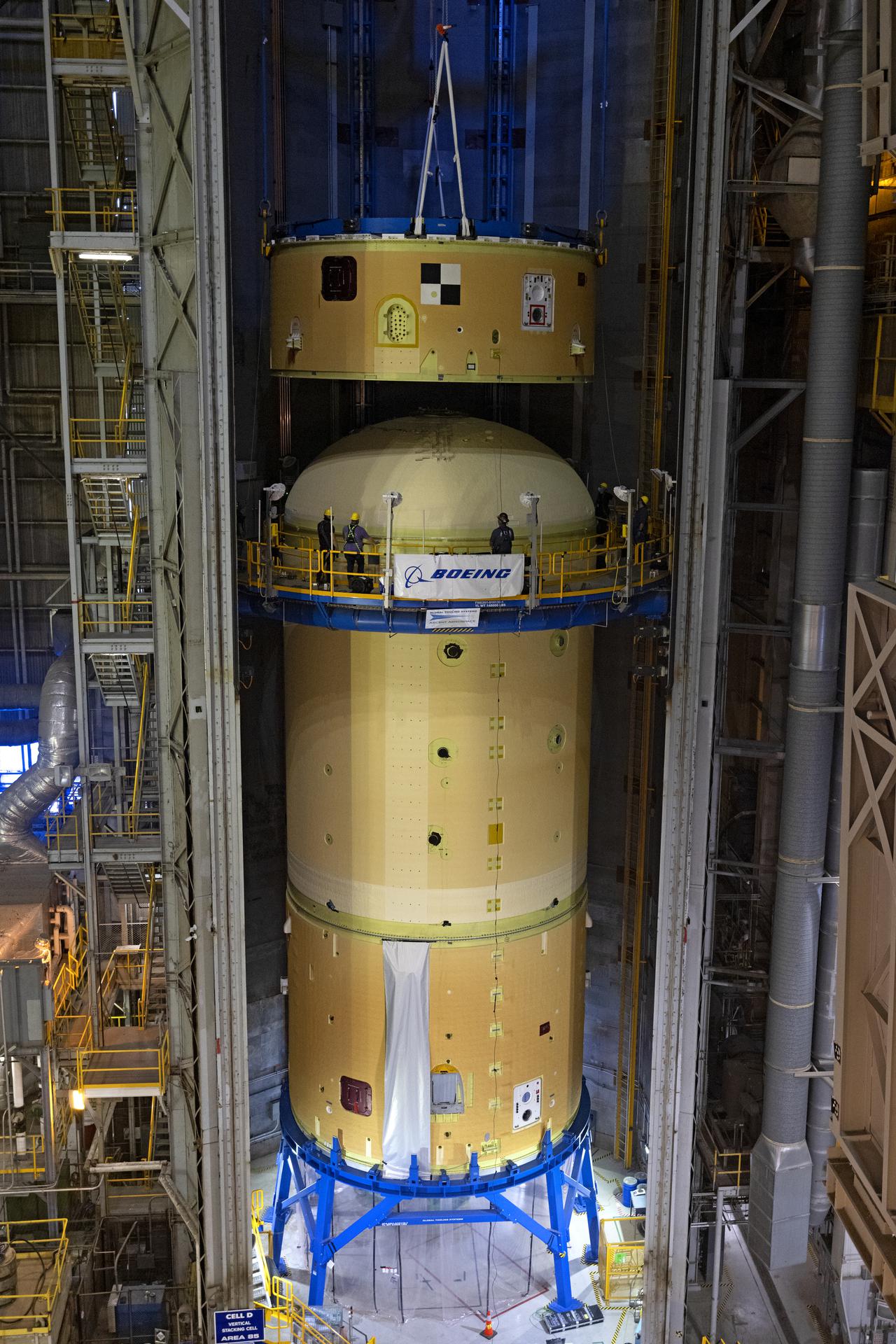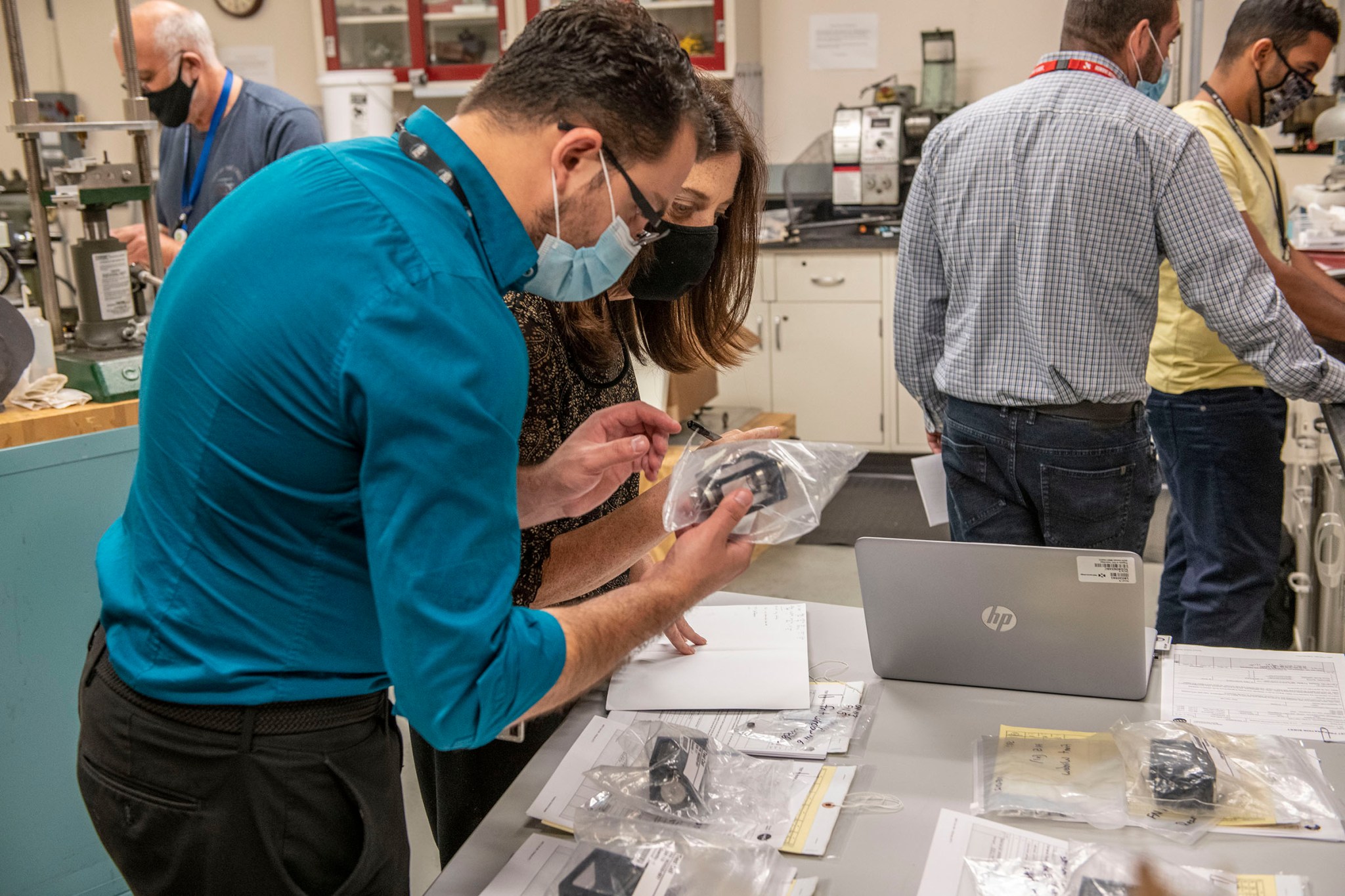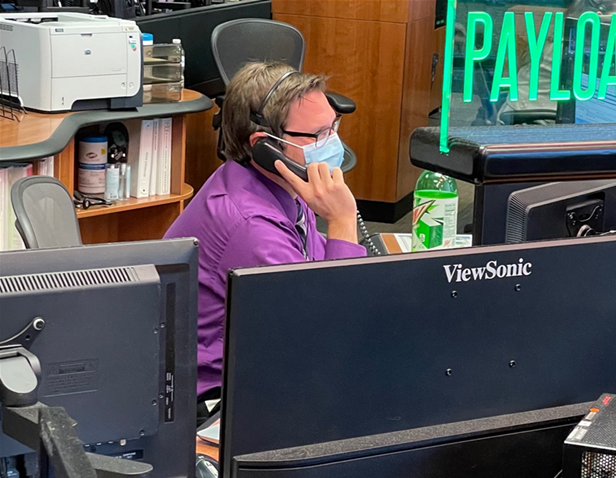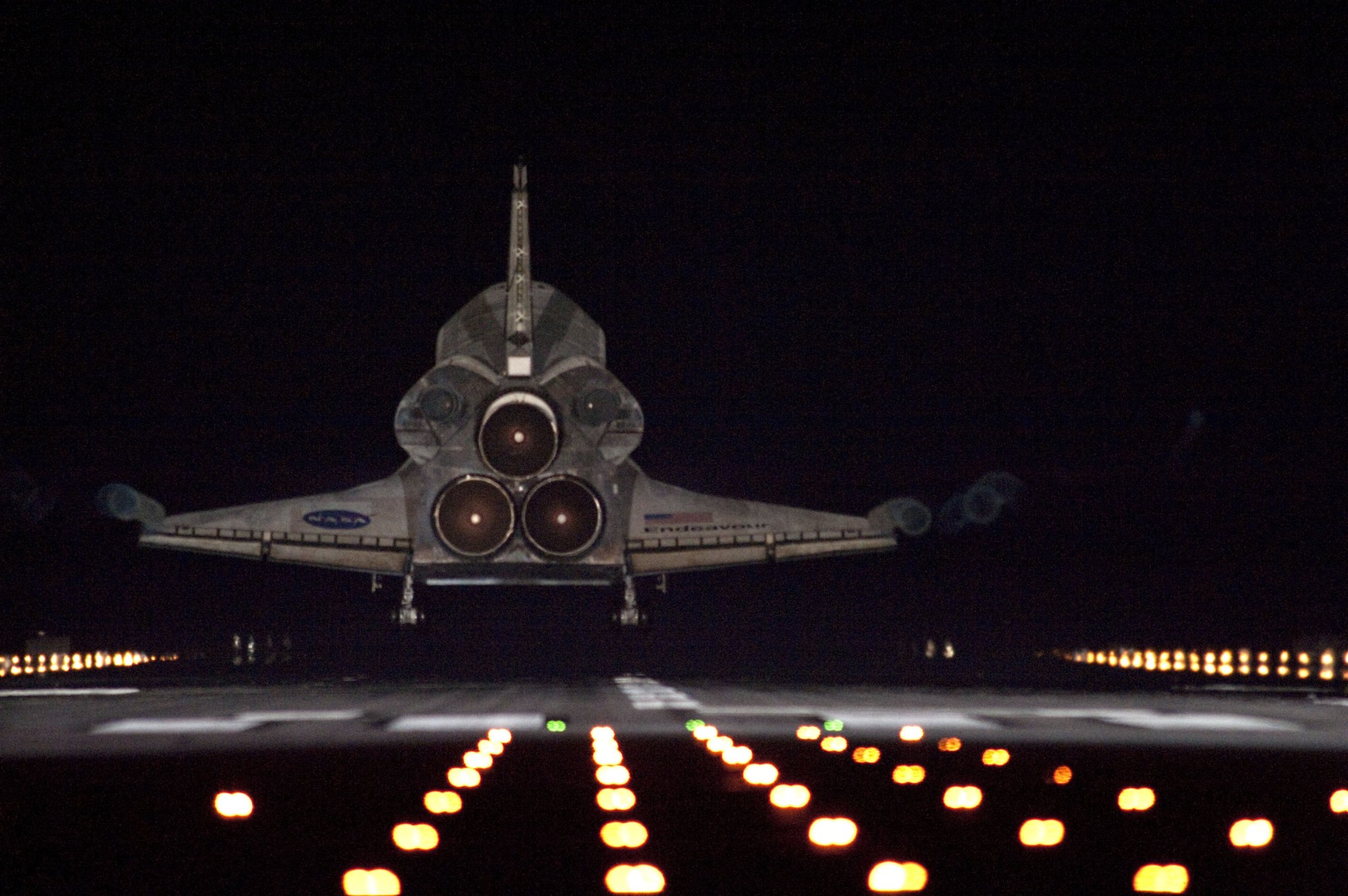Year of Innovation: NASA Administrator Sen. Bill Nelson Address Proposed FY2022 Agency Budget
President Joe Biden’s proposed fiscal year 2022 NASA budget calls for $24.8 billion for the agency. With a budget increase of 6.3% from the 2021 enacted level, NASA will continue to boost its ingenuity in exploration, technology, aeronautics, and science.
“The funding request is an investment in America’s future,” NASA Administrator Sen. Bill Nelson said. “Agency activities contribute to economies local and national, invest in the next generation through STEM education, and are essential to American leadership around the world. This budget request is evidence that NASA’s missions contribute to the administration’s larger goals for America: addressing climate change, promoting equity, and driving economic growth.”
Comprehensive information about the proposed budget is available here.
“This FY 2022 budget,” Nelson said, “along with continued bipartisan support for NASA’s goals and missions, will empower NASA and the United States to lead humanity into the next era in exploration – an era in which government and the private sector partner to take us farther than ever before – to the Moon, to Mars, and beyond – and to expand science, economic growth, and well-being here on Earth.”
NASA Stacks Elements for Upper Portion of Artemis II Core Stage
NASA’s Space Launch System team fully stacked three hardware elements together May 24 at the agency’s Michoud Assembly Facility to form the top of the rocket’s core stage for the Artemis II mission. NASA and core stage prime contractor Boeing connected the forward skirt with the liquid oxygen tank and intertank flight hardware.
Teams had previously stacked the liquid oxygen tank and intertank April 28. The joining of the three structures together is the first major assembly of core stage hardware for Artemis II, the first crewed Artemis mission and second flight of the SLS rocket. Next, technicians will work to complete outfitting and integrating the systems within the upper structure.
At 66 feet tall, the upper part of the stage is just a fraction of the entire core stage. The fully assembled, 212-foot-tall rocket stage consists of five hardware elements, including two liquid propellant tanks and four RS-25 engines. The liquid oxygen tank in the upper portion of the stage will hold 196,000 gallons of liquid oxygen cooled to minus 297 degrees Fahrenheit. Meanwhile, the forward skirt and intertank house avionics, flight computer, and electronic systems for the rocket stage. Together, the core stage and its four RS-25 engines will provide more than 2 million pounds of thrust to help send Artemis II astronauts beyond Earth’s orbit to lunar orbit.
With Artemis, NASA will land the first woman and the first person of color on the Moon and establish sustainable exploration in preparation for missions to Mars. SLS and NASA’s Orion spacecraft, along with the commercial human landing system and the Gateway in orbit around the Moon, are NASA’s backbone for deep space exploration. SLS is the only rocket that can send Orion, astronauts, and supplies to the Moon in a single mission.
Marshall Team Prepares Ring-Sheared Drop Hardware for Launch
The ring-sheared drop team at NASA’s Marshall Space Flight Center cleans and prepares payload hardware for shipment to the agency’s Wallops Flight Facility for launch to the International Space Station on Northrop Grumman’s 16th commercial resupply services mission in early August. The ring-sheared drop experiment studies the formation of potentially destructive amyloid fibrils, or protein clusters, like those found in the brain tissue of patients battling neurodegenerative diseases – such as Alzheimer’s and Parkinson’s. (NASA/Fred Deaton)
Nick Kopp Certified as Payload Ops Director
Nick Kopp is the latest payload operations director certified by the Payload and Mission Operations Division at NASA’s Marshall Space Flight Center. Payload operations directors are real-time flight controllers for the International Space Station. They manage and direct the 24/7 operations of scientific payloads aboard the space station from the Payload Operations Integration Center at Marshall. The payload operations director is the single point of authority to the space station flight director at NASA’s Johnson Space Center for all of NASA’s payload operations. (NASA)
Chandra Discoveries in 3D Available on New Platform
A collection of the 3D objects from NASA’s Chandra X-ray Observatory is now available on a new platform from the Smithsonian Institution. This will allow greater access to these unique 3D models and prints for institutions like libraries and museums as well as the scientific community and individuals in the public.
Chandra, the world’s most powerful X-ray telescope, is one of NASA’s Great Observatories – along with the Hubble Space Telescope, Spitzer Space Telescope, and Compton Gamma-ray Observatory.
Chandra’s 3D datasets are now included in Voyager, a platform developed by the Smithsonian’s Digitization Program Office, which enables datasets to be used as tools for learning and discovery. Viewers can explore these fascinating 3D representations of objects in space alongside a statue of George Washington or a skeleton of an extinct mammoth.
The only requirement to access these 3D models is a smartphone, tablet, or computer that has a current web browser. The Voyager platform enables 3D manipulation, augmented reality, or downloads of 3D printable files. There are also additional levels of information and interaction for the Chandra 3D models, including annotated tours pointing out key features on each cosmic object.
The current suite of Chandra 3D models in Voyager features stars in various phases of the stellar life cycle. Through a variety of techniques, astronomers have captured data from Chandra and other telescopes from these stars and constructed science-based simulations and 3D models of what previously had been represented as flat, two-dimensional projections on the sky.
The inclusion of the Chandra collection in Voyager coincides with the release of Chandra’s latest 3D model: a stunning supernova remnant, called IC 443, located about 5,000 light-years from Earth. Details of the model are included in a paper published in the journal Astronomy & Astrophysics led by Sabina Ustamujic from the National Institute for Astrophysics in Palermo, Italy.
IC 443 joins other supernova remnants such as Cassiopeia A, Tycho, and the Crab Nebula in the Chandra contribution to Voyager. Other stages of stellar evolution, as well as the Chandra spacecraft itself, are also available in the Chandra contribution.
To access the Chandra supernova remnants and the rest of the Voyager content, visit here.
NASA’s Marshall Space Flight Center manages the Chandra program. The Smithsonian Astrophysical Observatory’s Chandra X-ray Center controls science from Cambridge, Massachusetts, and flight operations from Burlington, Massachusetts.
Read more from Chandra here. For more Chandra images, multimedia and related materials, visit here.
This Week in NASA History: Last Flight of Endeavour – June 1, 2011
This week in 2011, space shuttle Endeavour, mission STS-134, landed at NASA’s Kennedy Space Center. During its 16-day mission to the International Space Station, Endeavour delivered the Alpha Magnetic Spectrometer and spare parts, including two S-band communications antennas, a high-pressure gas tank, and additional parts for Dextre – the Canadian Space Agency’s robotic handyman. This was the 36th shuttle mission to the space station and the final flight for Endeavour. Today, the Payload Operations Integration Center at NASA’s Marshall Space Flight Center serves as “science central” for the space station, working 24/7, 365 days a year in support of the orbiting laboratory’s science experiments. After 20 years of continuous human presence, the space station remains the sole space-based proving ground and stepping stone toward achieving the goals of the Artemis program. The NASA History Program is responsible for generating, disseminating, and preserving NASA’s remarkable history and providing a comprehensive understanding of the institutional, cultural, social, political, economic, technological, and scientific aspects of NASA’s activities in aeronautics and space. For more pictures like this one and to connect to NASA’s history, visit the Marshall History Program’s webpage. (NASA)






























